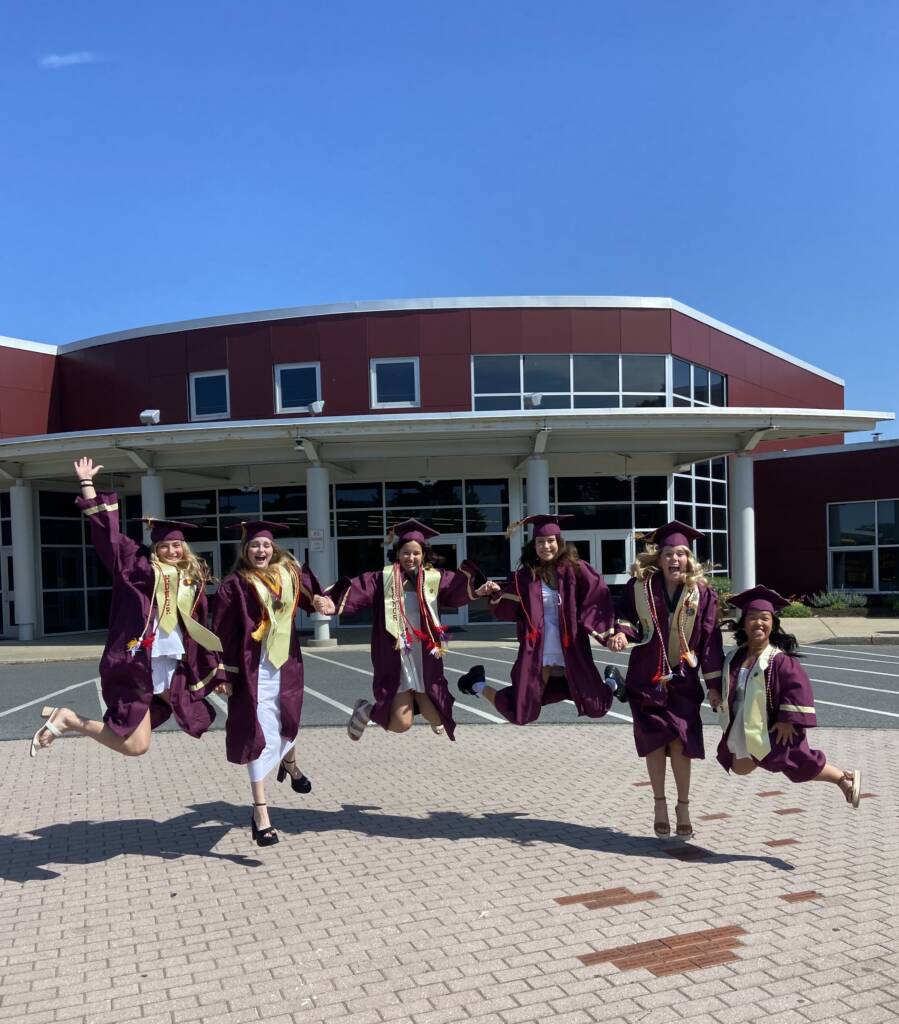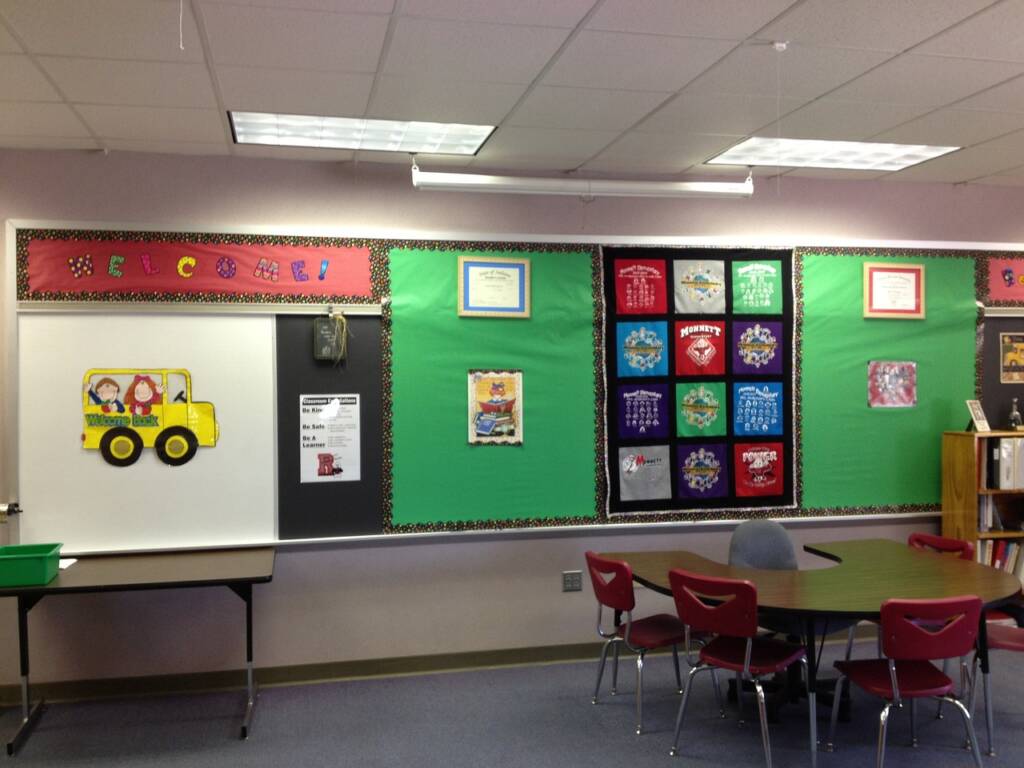Working with Spanish-speaking families and engaging them in our school activities can be challenging. However, with a little bit of creativity and understanding of the population, you can put together a great event. The Maryland School for the Blind created this event in the fall of 2022 with great success. Here we provide you with all of the information to copy our event for your school or organization.
Goal
We wanted to bring together Spanish-speaking parents and families of our blind and low vision students. We saw that they were not engaged in IEP meetings and did not really understand what an IEP was.
Pre-Planning
The biggest barriers for our Spanish-speaking families are 1) childcare, 2) transportation 3) food insecurity and 4) language access. In our planning, we came up with plans to deal with all of this.
First, we decided that the goal of our meeting was to introduce families to the basic purpose of the IEP. Everything had to be in their language. We also wanted to introduce them to organizations in the state of Maryland that could support them.
Childcare
We provided childcare to all of the children in the family, regardless of if they had a visual impairment or not. During the meeting we had TVIs, social workers, and OTs working with the students on fun ECC activities. A goal for this time was to help siblings learn to not be so overprotective of their blind or low vision siblings and ways to best support them, since siblings in Spanish-speaking households are often given the duty of taking care of their blind or low vision siblings.
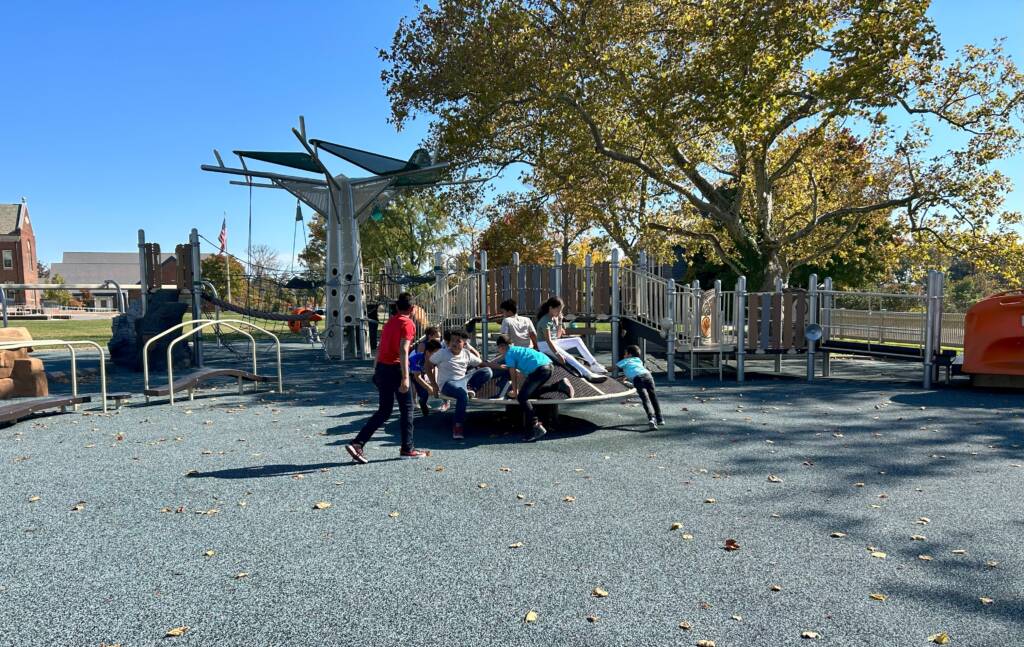
Transportation
We decided to offer transportation to any family that needed it in the state. We had designated staff do this in our school vehicles. Children had to be accompanied by adults.
Food
We held our meeting from 10 – 2 pm. We had a full box lunch for all participants. Food can be a very costly item, especially catering. To offset this cost, we partnered with the National Federation of the Blind of Maryland, who graciously donated the funding for the lunches. Boxed lunches also made it easy and simple to feed everyone. Children came back to eat with their families. You can find your State NFB affiliate here. If you want to save on food, consider planning an event for 2 pm to 4 pm to avoid having to serve lunch or dinner.
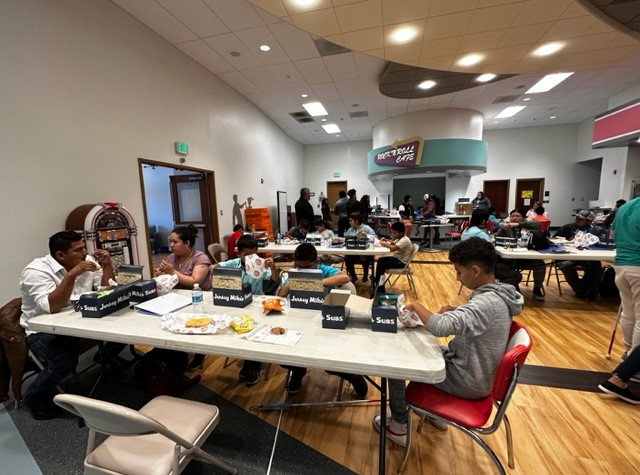
Language Access
The majority of our session was fully in Spanish. When we use interpreters, things are lost, even with the best person doing the job. The purpose of this session was to get the information to the parents in the best possible way, so having most things in Spanish was essential. We did use interpreters for our state resource presentations when they did not have any staff that spoke Spanish, but we left it as a last resort.
Naming Our Event
We knew we wanted a culturally appropriate name for our event. The awesome Teresa Graham came up with the name “Todo el Chisme del IEP.” This name draws attention and is culturally relevant. In English, it loosely translates to “all of the gossip on the IEP.” Feel free to use this name!
Registration
We created an electronic registration form. Note that if you just send this out to families, they will not fill it out. We had to personally call and text each parent, and we filled it out for many of them over the phone. The extra effort in outreach will be worth it when families show up. Here is our registration form.
Agenda
Note: Families will show up later than you tell them. We told families the event began a whole hour earlier than it did to make sure they arrived in time. Below is a copy of our agenda.
9:30-9:45 am: Welcome by the school’s superintendent. This was important, as it made families feel that they were valued and appreciated and important enough to be greeted by the superintendent.
9:45-10 am: Pre-surveys. We are huge believers in taking data to show how things are working. We knew what we were going to teach. You can find our pre-survey here. Note that our pre-survey and post survey had very similar questions so we could measure percent growth of knowledge by families.
10-10:30 am: What is special education and the IEP? During this time we went over very basic ideas, including:
- What do you know about special education and the IEP?
- Special education provides services and support for your child due to their disability.
- The school is not being ‘nice’ or charitable by giving your child an IEP. You have a legal right to this. You have this legal right regardless of immigration status.
- It is super important to ask clarifying questions during IEP meetings.
- YOU as a family are the most important member of the IEP team. No professional knows your child as in-depth as you do.
We allowed families to ask questions, so this section ended up taking longer than the half-hour listed on our original agenda. Parents had great questions. We emphasized that a parent can request an IEP meeting at any time of the year if they have questions or concerns.
10:35-11:30 am: Creating an IEP binder. During this session, we used the great resource IEP binder print out in Spanish from understood.org. We printed out enough IEP binder sheets for all families and provided them with binders and dividers. As we inserted each section into the binder, we went over why it was important. We watched a video from understood.org on how to put together the binder. We highly recommend looking into this resource.
11:30 am – 12 pm: Small break-out groups. We broke families up into 3 groups, with each group having its own topic. Families would then rotate among each group. Our groups were:
- Group 1: Education, led by Conchita Hernandez
- Group 2: Advocating for your rights, led by the National Federation of the Blind
- Group 3: Outreach, led by one of our Outreach staff members
12 pm: Lunch. We brought all of the children back for lunch so everyone was together.
12:45-1:45 pm: State resources. During this time, we had organizations from the state present about their programs and support. They included:
- The Maryland Library for the Blind and Print Disabled
- The Maryland National Federation of the Blind
- DORS (Maryland rehabilitation agency)
- National Organization of Parents of Blind Children
- BISM (our state training center)
Think of agencies in your state who would be great for parents to know about.
1:45-2 pm: Post-surveys and finish. We made sure all parents completed the post-survey. You can check out our surveys here. We also gave them a certificate that says “I am an IEP advocate.” Check out the certificate here. We had the superintendent sign the certificates.
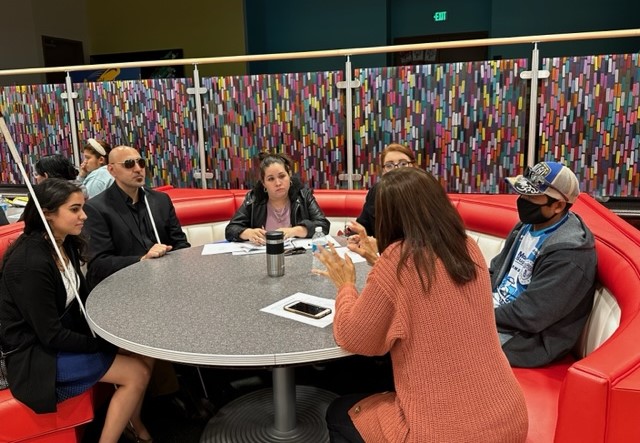
Key Takeaways
- We have to text and individually call families. They will not sign up if you just email them. No need to get upset about it, just know that is the case and that we will need to adjust.
- We need to account for the barriers to families and how we can support them. We are not here to judge, but to be a bridge.
- All types of students should be involved. We had one student with significant disabilities, and thus worked with a one-to-one aid to support them for the day. We provided the staff member comp time for this.
- Parents want to be involved in their child’s education, but the process is unfamiliar compared to what they know from their home countries. Special education is not a thing in 95% of the world, and it is very complicated. Translating documents is not enough, as most IEP language is at a college reading level.
We hope this resource will help you with your events. It does take more effort, energy and people to put something like this together, but the results are wonderful! After our session, we noticed that parents were more involved in their IEP meetings, requested in-person meetings and understood what was happening with their child. Let’s get families engaged!!

